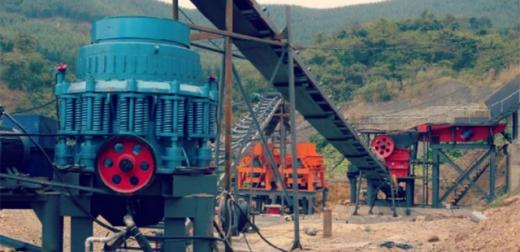The mean time between failures (MTBF) calculation is widely used to evaluate the reliability of parts and equipment. In the industry it is usually defined as one of the key performance indicators. This short article is intended to demonstrate in practice how we can fool ourselves by evaluating this indicator in isolation.
|
ADVERTISEMENT |
We get real data from two failure modes of a conical-crusher drive system: failure of the electric motor, and failure of the grid spring coupling. With the use of reliability software, it was possible to estimate in two parametric Weibull modeling two parameters, that is, the gamma parameter (γ) = 0:

Electric motor failure
β = 0,46
η = 3491
Grid spring coupling failure
β =0,24
η = 857
By the characteristics of the value of the two parameters, we conclude that the coupling failure has a higher probability of occurring at the beginning of its life. Based on this modeling, it is possible to calculate the MTBF of each failure mode:
…

Add new comment